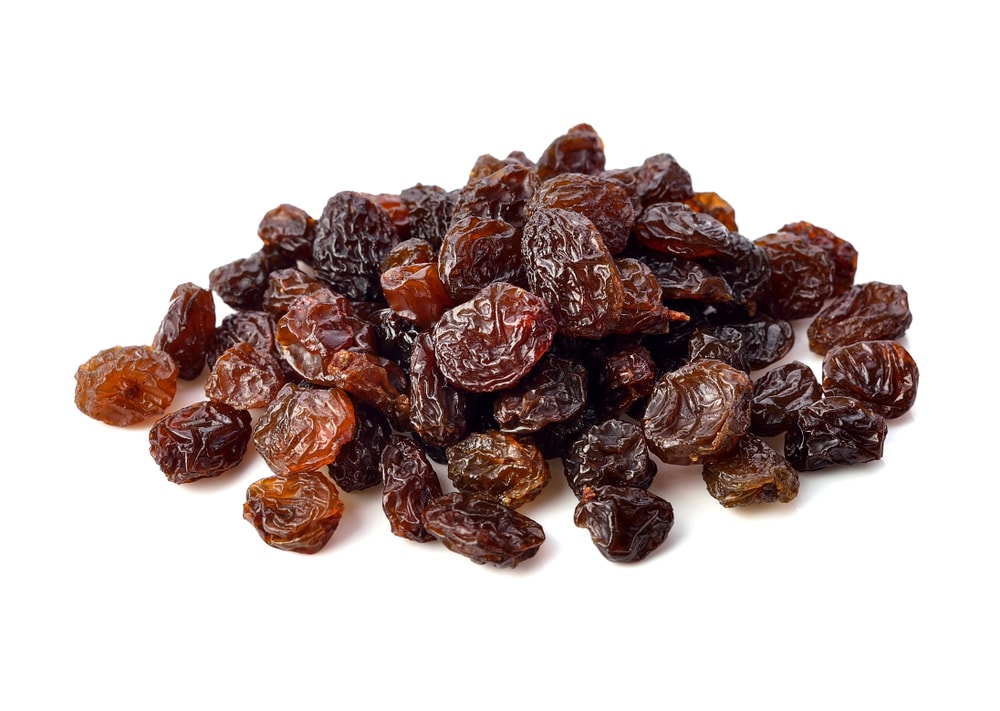Platelet Raisins: Can You Add Prolotherapy and PRP Together?

Credit: Shutterstock
Many new patients tell me that they’ve gotten a combination of Prolotherapy plus PRP from another clinic. Today we’ll explore why it’s generally a bad practice to add Prolotherapy solution to PRP. Why? Because it makes damaged platelet raisins. To understand that, we’ll learn some basic physical chemistry. Let’s dig in.
Defining Terms
What Is Prolotherapy?
Prolotherapy is an injection therapy mostly used to treat lax ligaments or damaged tendons that involves injecting a solution that causes a brief inflammatory reaction. The most commonly used solution is hypertonic dextrose. This works to cause local cellular injury because it’s much more concentrated than the body’s 0.9% saline concentration. This leads to kicking off another inflammatory healing cycle. How? Small changes in the concentration of fluids have a powerful impact on the body’s cells. For example, if we go the other way and place your red blood cells in distilled water (going from 0.9% solution to 0%), they will all pop in about 10 seconds. So concentration is a powerful thing in the body.
Prolotherapy works by causing local osmotic cell damage. Isn’t damaging cells a bad thing? Yes and no. If you damage a small part of a non-healing wound, that kicks the body into repair mode. Obviously, if you cause too much damage that’s not helpful. So Prolotherapy causes just enough local damage to give the body another bite at the healing apple.
What is PRP?
PRP stands for Platelet-Rich Plasma. That’s taking whole blood and centrifuging it to concentrate platelets. It can help heal damaged tissues through the platelets releasing growth factors and exosomes. These directly stimulate the cellular healing machinery. If we use a construction site as an analogy, adding PRP is like buying quadruple espresso shots for all of the workers. It will stimulate them to get more done.
Platelet Raisins
First, watch my video above to get more diagrams to go with this discussion. Basically, if you add platelets to a much more concentrated solution like Prolotherapy, the water will flow out of the platelets and into the solution, creating platelet raisins. Why? Water always flows across a cell membrane from the least concentrated area to the most concentrated area. This osmotic pressure is IMMENSE. In fact, it’s so powerful that the ancients used it as a way to cleave large sections of granite to build the pyramids.
What’s the concern? Damage to the machinery inside the platelet that allows it to release growth factors and exosomes in a time-release fashion. This growth factor release is like a carefully timed orchestra with the platelet as the conductor. Each growth factor or instrument has to play at the right time and sequence for the whole group of instruments to make music versus uncontrolled noise (1). Meaning a platelet raisin is a damaged platelet or like a conductor with a brain injury.
Is There Any Way to Mix These Two Together?
Yes, you can mix platelet growth factors and Prolotherapy solution. The safe way to do this is to strip the growth factors from the platelets first by creating a platelet lysate. Years ago, we performed lab research to see if a dextrose Prolotherapy solution would harm the ability of these growth factors to stimulate growth in other cells. There was no impact. Hence, while mixing whole platelets with prolotherapy solution can damage platelets, mixing just the growth factors stripped from the platelets with Prolotherapy solution is fine.
This Is Alarmingly Common
A few times a month I hear from patients that their doctor mixed Prolotherapy solution with PRP. This is mostly done by Prolotherapy practices that have adopted PRP later in the game. In addition, there’s at least one practice mixing Prolotherapy solution with stem cells as well, killing all of the stem cells they inject! Hence, don’t mix any living cell meant for injection with a Prolotherapy solution!
The upshot? If your doctor wants to mix Prolotherapy solution and PRP, run and find another doctor. That physician never understood what they taught in basic college chemistry courses. Meaning osmotic pressure was used to build the pyramids, so don’t let it destroy the healing power of your own platelets! On the other hand, you can enhance a prolotherapy solution with platelet lysate, which is scientifically sound.
________________________________________
(1) Kim JI, Bae HC, Park HJ, Lee MC, Han HS. Effect of Storage Conditions and Activation on Growth Factor Concentration in Platelet-Rich Plasma. J Orthop Res. 2020 Apr;38(4):777-784. doi: 10.1002/jor.24520. Epub 2019 Nov 19. PMID: 31709604.

If you have questions or comments about this blog post, please email us at [email protected]
NOTE: This blog post provides general information to help the reader better understand regenerative medicine, musculoskeletal health, and related subjects. All content provided in this blog, website, or any linked materials, including text, graphics, images, patient profiles, outcomes, and information, are not intended and should not be considered or used as a substitute for medical advice, diagnosis, or treatment. Please always consult with a professional and certified healthcare provider to discuss if a treatment is right for you.
